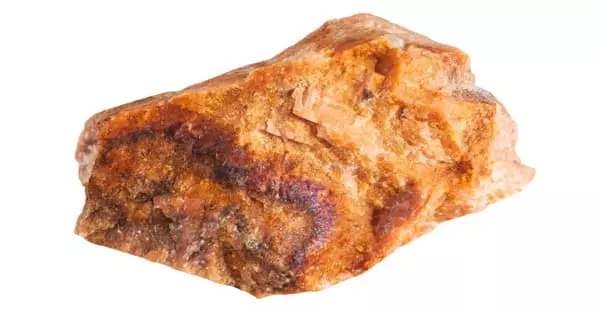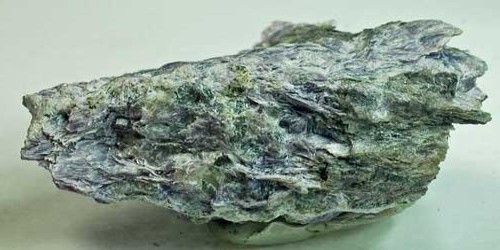Faustite is a massive, bright green, zinc-rich member of the Turquoise group that is mined near Neynschabour, Iran. It is a triclinic-pinacoidal apple-green mineral containing aluminum, copper, hydrogen, oxygen, phosphorus, and zinc. The IMA approved mineral faustite, named after the American mineralogist and petrologist with the U.S. Geological Survey (USGS) Dr. George Tobias Faust, is a member of the triclinic turquoise group of hydrous phosphates with the following chemical composition: ZnAl6(PO4)4(OH)8·4H2O
It is the same structure as Turquoise but the copper element has been replaced by zinc.
General Information
- Formula: (Zn, Cu)Al6(PO4)4(OH)84H2O
- Specific Gravity: 2.92
- Crystal System: Triclinic
- Member of: Turquoise Group

Properties
Faustite is the zinc-rich analogue of turquoise having almost four times as much zinc than copper in its crystal structure. It has a hardness of 4.5 – 5.5 on the Mohs scale of mineral hardness and aside from having a slightly lower hardness, it may be difficult to distinguish it from turquoise in hand specimens.
- Luster: Sub-Vitreous, Waxy, Dull
- Transparency: Translucent, Opaque
- Colour: Apple-green
- Streak: White to pale yellow-green
- Hardness: 5½ on the Mohs scale
- Tenacity: Brittle
- Cleavage: Poor/Indistinct
- Fracture: Conchoidal
- Density: 2.92 g/cm (Measured) and 2.99 g/cm3 (Calculated)
Faustite has a blue-green to apple green color in polished cabochons and may be presented as a turquoise imitation, and it may also be treated with stabilizers for jewelry making.
Occurrence: In argillized shales associated with copper mineralization (Copper King mine, Nevada, USA).
Association: Montmorillonite, apatite, chrysocolla, azurite, malachite, cuprite, kaolinite, quartz, alunite (Copper King mine, Nevada, USA).
Information Source:
















